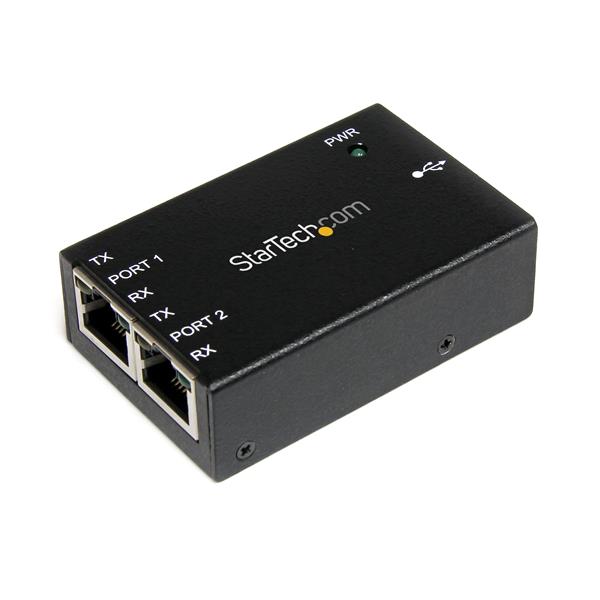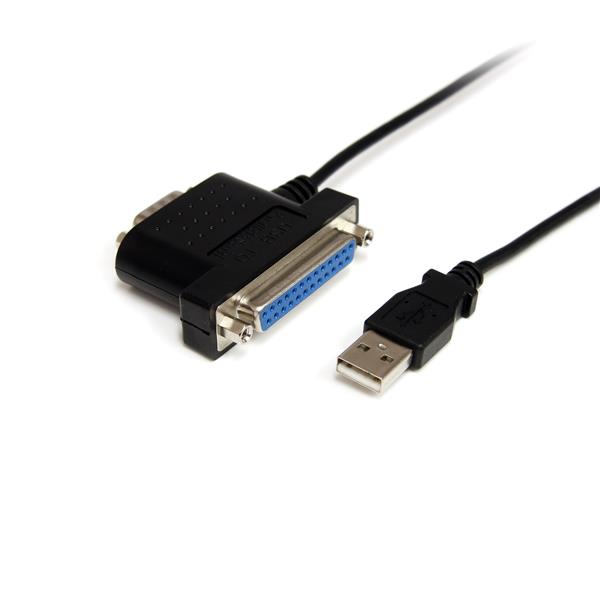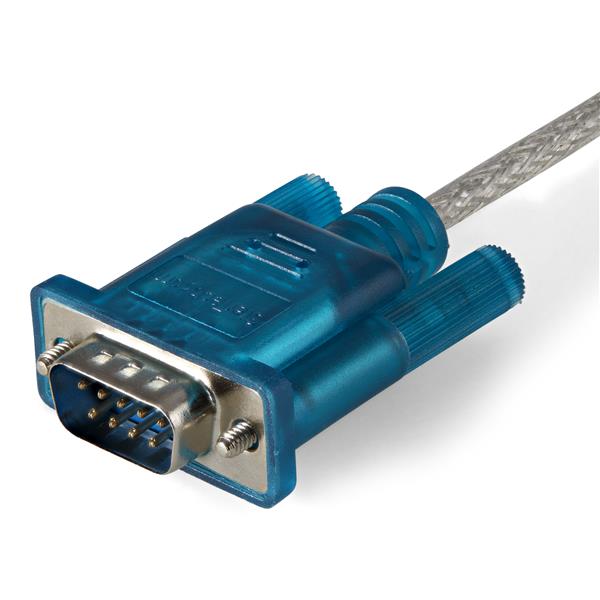2020. 2. 21. 16:53ㆍ카테고리 없음
Mount and Connect the ASA This section describes how to mount the ASA, and contains the following topics: Note Do not remove the rubber feet included with the ASA because they are needed for proper cooling for all mounting orientations. Desktop Mount the ASA You can mount the ASA on a desktop by placing it on a desk in a horizontal position. Make sure there are no blockages or obstructions within one inch of the top of the ASA or within.5 inch of the sides and back, so that nothing interferes with cooling. Do not remove the rubber feet included with the ASA.
They are also needed for proper cooling. Caution Do not stack the ASA chassis on top of another ASA chassis.
If you stack the units, they will overheat, which causes the units to power cycle. Wall Mount the ASA Follow these steps to mount your ASA on a wall. You can purchase a wall mount kit.
The part number for the wall mount kit is ASA5506-WALL-MNT=. Step 1 Choose a location on the desired wall for the ASA. Step 2 Use the two Cisco-provided screws and anchors from the optional wall-mount kit. If you are mounting the ASA onto something other than drywall, such as wood or sheet metal, anchors may not be required. Step 3 Use a pencil, ruler, and level to mark locations for the two mounting screws. The width and length of the ASA are 7.87 x 9.23 inches ( 20 x 23.44 cm). The mounting holes in the chassis are in the middle length-wise (that is, 6.372 inches from front and back), while the holes are inset from the opposite edges 0.75 inches (1.9 cm).


Thus, you need to make two level marks 6.37, or approximately 6-3/8, inches (16.18 cm) apart. Step 4 Drill a hole into the wall at each mark. These holes should be slightly smaller in diameter than your anchors. The recommended drill hole size is 3/16'. Step 5 Insert the anchors into the holes and be sure they are properly seated. Step 6 Fasten each screw into its anchor until it protrudes about 1/4 inch.
Step 7 Pick up the ASA, align the screws in the anchors with the holes in the bottom of the chassis, move the ASA toward the wall until the screw heads are in the chassis, and then slide the ASA down until it rests on the screws. You can only mount the chassis with the front panel oriented toward either the ceiling or the floor. Wall mounting in other orientation is not supported. What to Do Next You can now install the cables and power cord, as described in. Rack Mount the ASA Follow these steps to mount the ASA to a rack-mount shelf.
Connect Usb To Pc
Note You mount only one ASA 5506H-X in the rack-mount shelf. Step 1 Place the ASA upside down on a large, stable work area. If you are installing two ASAs in the shelf, place the second ASA beside the first, also upside down. Step 2 Invert the sliding trays and position the ASA(s) on top of them such that the front of the device(s) and the front of the tray are in the same direction. Step 3 Adjust the position of the first ASA and the tray until the three mounting holes in the dimples in the bottom of the shelf are aligned with the mounting holes in the bottom of the ASA. Step 4 Tighten the captive tray screws into the shelf to lock it into place. ASA 5506-X and ASA 5506W-X in the Rack-Mount Shelf Figure 2.
ASA 5506H-X in the Rack-Mount Shelf Step 5 Carefully turn the tray right-side up and slide it into the rack-mounted shelf. What to Do Next You can now install the cables and power cord, as described in. Install the ASA 5506H-X in a DIN Rail You can use the 7.5-mm thick 45mm wide top hat DIN rail for the ASA 5506H-X. Secure the DIN rail to the mounting surface approximately every 7.8 inches (200 mm) and use end-anchors appropriately. Note We recommend that you install the ASA 5506H-X on a steel DIN rail for extra stability. To attach the ASA 5506H-X to a 35-mm wide DIN rail, follow these steps: Step 1 Attach the DIN rail bracket to the back of the chassis using the four screws provided. Attaching the DIN Rail Bracket to the ASA 5506H-X Step 2 Locate the plastic tab on the end of the DIN rail bracket that extends past the chassis.
Press the tab in and slide the plastic latch piece out while the tab is pressed down to put it into the locked position. Step 3 Turn the chassis sideways so that the power connector is near the top. Step 4 Position the rear edge of the chassis directly in front of the DIN rail making sure that the DIN rail fits in the space between the plastic latch and the metal hook. Step 5 Position the chassis so that the hook on the DIN rail bracket hooks onto the top edge of the DIN rail. The weight of the chassis can rest on the hook temporarily while the DIN rail bracket latches are secured. Step 6 Push the DIN rail bracket latch up when the chassis is over the DIN rail to secure it. This snaps the latch into the closed position which locks it onto the DIN rail.
ASA 5506H-X Installed with the DIN Rail The chassis is now installed in the DIN rail. What to Do Next See to finish setting up your ASA. Connect Cables, Turn on Power, and Verify Connectivity After positioning or mounting the ASA, follow these steps to connect cables, turn on power, and verify connectivity: Step 1 Connect the network cables:.
Management interface – Using this Management 1/1 Gigabit Ethernet port, you can connect a management computer directly with an Ethernet cable, or you can connect the computer and the ASA to the same management network. Be sure the PC is configured to obtain an IP address using DHCP. You can configure any of the Gigabit Ethernet interfaces to be a management-only interface using the management-only command.
However, you cannot disable management-only mode on the Management 1/1 interface. The following figure shows how to connect the network cables. ASA 5506-X and ASA 5506W-X Cabling 1 Gigabit Ethernet data interface (RJ-45) 2 Console port (RJ-45 or Mini USB Type B) 3 Management 1/1 interface (RJ-45) Figure 6. ASA 5506H-X Cabling 1 Gigabit Ethernet data interface (RJ-45) 2 Console port (RJ-45 or Mini USB Type B) 3 Management 1/1 interface (RJ-45). (Optional) Console port – For use with the CLI.
Connect a computer or terminal server using a serial console cable to either the RJ-45 or Mini USB Type B port. Only one console port can be active at a time. When a cable is plugged into the USB console port, the RJ-45 port becomes inactive. Conversely, when the USB cable is removed from the Mini USB Type B port, the RJ-45 port becomes active.

See for specific instructions for connecting the console port. Gigabit Ethernet ports – For the network interfaces; use standard RJ-45 Ethernet cables. Step 2 Connect the power cord to the ASA, and plug the other end to your power source. Note The ASA 5506-X, 5506W-X, and ASA 5506H-X do not have an on/off switch; the device powers on when you plug it into a power source. Step 3 Check the Status LED on the ASA chassis.
When it is solid green, the ASA has passed power-on diagnostics. Step 4 See the to continue setting up your ASA. Note Your ASA ships with either ASA or Firepower Threat Defense software preinstalled. To reimage your device, see.
Connect to a Console Terminal or PC The serial ports provide administrative access to the ASA either with a console terminal or a PC. To configure the ASA through the CLI, you must establish a connection between the ASA console port and either a terminal or a PC. This section describes how to connect to a console terminal or a PC, and contains the following topics:. Connect to the Console Port with Microsoft Windows You must install a USB device driver the first time a Microsoft Windows-based PC is connected to the USB serial port on the ASA, otherwise the connection fails. To uninstall the driver, use the Add Remove Programs utility or the Setup-exe program.
Note Disconnect the ASA console terminal before uninstalling the driver. Step 1 Obtain the appropriate driver (CiscousbconsoledriverXXzip, where X is a revision number) for your ASA model from the Cisco site, USB Console Software category.
Step 2 Install the driver. Step 3 Connect a USB 5-pin Mini USB Type B to the USB console port as shown in the following figure. ASA 5506-X and ASA 5506W-X Console Port Connection 1 Mini USB Type B console port 2 Mini USB Type B to USB Type A console cable 3 USB Type A Figure 8. ASA 5506H-X Console Port Connection 1 Mini USB Type B console port 2 Mini USB Type B to USB Type A console cable 3 USB Type A Step 4 Connect the end of the cable with the DB-9 connector (or USB Type A) to the terminal or PC. If your terminal or PC has a console port that does not accommodate a DB-9 connector, you must provide an appropriate adapter for that port.
The LED for the console port turns green and within a few moments the Found New Hardware Wizard appears. Step 5 Follow the instructions to complete the driver installation. Step 6 To communicate with the ASA, start a terminal emulator application.
This software should be configured with the following parameters:. 9600 baud.
8 data bits. no parity. 1 stop bit.
no flow control Connect to the Console Port with Mac OS X Follow these steps to connect a Mac OS X system USB port to the console using the built in OS X Terminal utility, or alternatively you can use a separate terminal emulator application. Step 1 Use the Finder to go to Applications Utilities Terminal. Step 2 Connect the OS X USB port to the ASA.
Step 3 Enter the following commands to find the OS X USB port number: Example: macbook:user$ cd /dev macbook:user$ ls -ltr /dev/.usb. crw-rw-rw- 1 root wheel 9, 66 Apr 1 16:46 tty.usbmodem1a21 DT-macbook:dev user$ Step 4 Connect to the USB port with the following command followed by the ASA USB port speed: Example: macbook:user$ screen /dev/tty.usbmodem1a21 9600 Step 5 Enter Ctrl-z followed by Ctrl- to disconnect the OS X USB console from the Terminal window. Connect to the Console Port with Linux Follow these steps to connect a Linux system USB port to the console using the built-in Linux Terminal utility.
Step 1 Open the Linux Terminal window. Step 2 Connect the Linux USB port to the ASA. Step 3 Enter the following commands to find the Linux USB port number: Example: root@usb-suse# cd /dev root@usb-suse /dev# ls -ltr.ACM. crw-r-r- 1 root root 188, 0 Jan 14 18:02 ttyACM0 root@usb-suse /dev# Step 4 Connect to the USB port with the following command followed by the ASA USB port speed Example: root@usb-suse /dev# screen /dev/ttyACM0 9600 Step 5 To disconnect the Linux USB console from the Terminal window, enter Ctrl-a followed by: then quit.
If you're using variant USB cables and wall chargers but not getting a charge whatsoever, there may be a problem with the iPhone itself. I'd visit a Carrier/Apple store and have the unit inspected for battery charging problems. If you are using the same USB cable and unplugging it from PC and putting it on a wall charger, it may be the culprit and you can use any other USB to iPod cable to recharge the device. USB to iPod cables from today all the way back to the first or second iPod Nano models can work with syncing and charging.
Jan 14, 2011 5:30 AM. It may very well have died from the consistent changing from low voltage to high voltage. Swapping back and forth on voltage currents (PC carries 4 volts, Wall carries 9 volts) can cause wear and tear which more than likely burnt it out. I usually recommend having two or more cables available versus just one. Then one cable can be your wall charger and the other your computer charging cable. I carry around four charging cables myself since I travel alot.
PC, work desk, car, travel battery pack. Jan 14, 2011 5:54 AM. If you've purchased the iPhone within the alloted waranty time, you can visit Apple or the carrier store for a replacement cable if it came with the iPhone. If they can't replace the cable for free, they'll charge you a few pounds for it. Some trusted third parties you can utilize would be called Griffin Technology or Belkin which usually come with wall chargers sold for the country. On average it's the same price as the Apple branded cable sold here in the US give or take a few extra dollars. Jan 14, 2011 6:44 AM.
Hi had the same problem with my iphone my problem was the usb driver for apple that was the cause.To be exact the inf file was the culprit. Apple Footer This site contains user submitted content, comments and opinions and is for informational purposes only. Apple may provide or recommend responses as a possible solution based on the information provided; every potential issue may involve several factors not detailed in the conversations captured in an electronic forum and Apple can therefore provide no guarantee as to the efficacy of any proposed solutions on the community forums.
Apple disclaims any and all liability for the acts, omissions and conduct of any third parties in connection with or related to your use of the site. All postings and use of the content on this site are subject to the.